18 Things Every First-Time Visitor To Hawaii Needs To Know
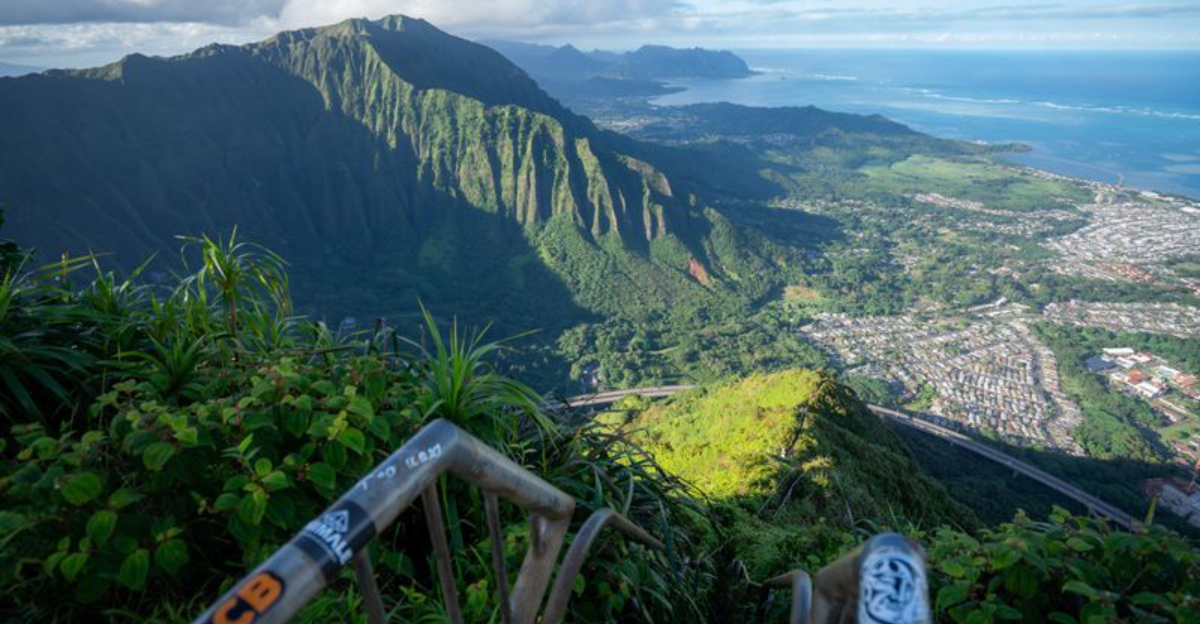
Hawaii’s magical islands welcome millions of visitors each year, but first-timers often arrive unprepared for what makes this place truly special.
From respecting sacred sites to understanding local etiquette, there’s a lot more to paradise than palm trees and poke bowls. The Aloha State has unique customs, environmental concerns, and practical quirks that mainland travelers frequently overlook. Want to avoid awkward faux pas or expensive hiccups?
These essential tips will help you explore the islands with confidence, respect, and that relaxed spirit Hawaii is famous for.
1. Respect Sacred Sites
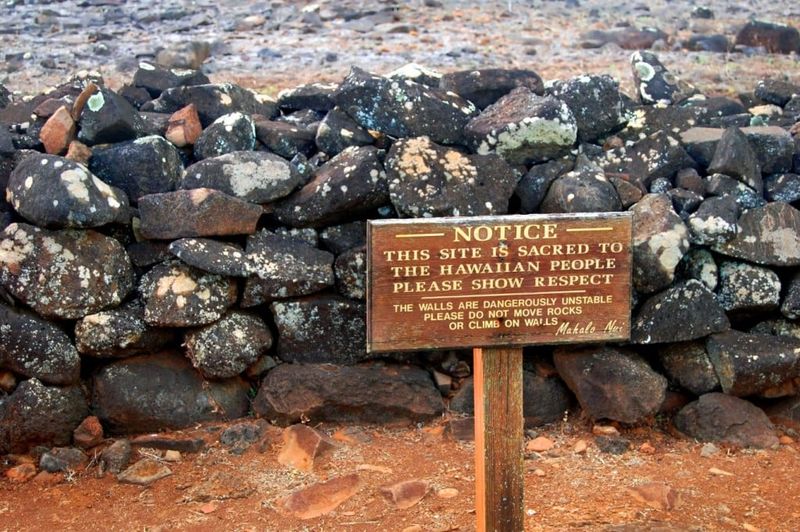
Ancient heiau (temples) and burial grounds dot the Hawaiian landscape, holding deep spiritual significance for native Hawaiians. Never remove rocks from sacred sites or climb on structures, even if others are doing it.
If you encounter offerings or ceremonial items, admire them from a distance. Taking photos at some sacred locations may be considered disrespectful, so always check signage or ask a guide first.
When visiting places like Pu’uhonua o Hōnaunau (Place of Refuge) or Wailua River Valley, maintain a quiet, reverent demeanor to honor these culturally significant spaces.
2. Don’t Touch Wildlife
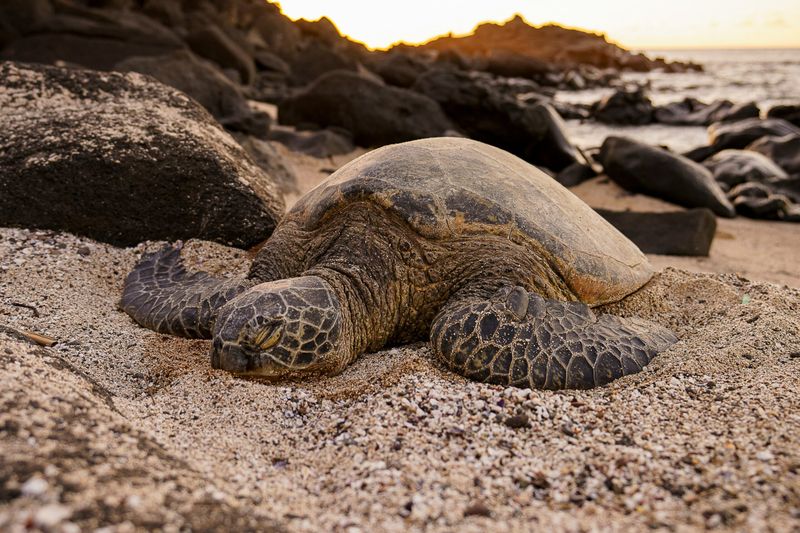
Hawaii’s unique wildlife deserves our protection and distance. Sea turtles (honu), monk seals, and spinner dolphins are protected by federal law – touching or approaching them closer than 50 feet can result in hefty fines exceeding $10,000.
These animals need their space to rest, feed, and reproduce without human interference. If you spot a resting monk seal or basking turtle on the beach, give them plenty of room.
Marine life may seem friendly and approachable, but human contact causes stress and can transmit harmful bacteria. Appreciate these incredible creatures through observation only.
3. Reef-Safe Sunscreen Only
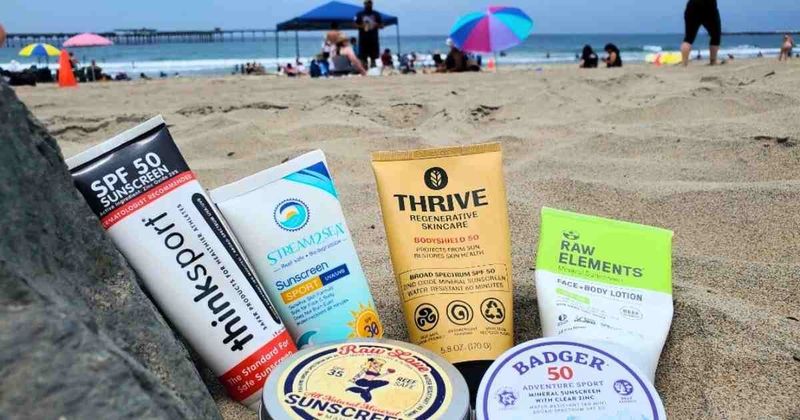
Hawaii banned sunscreens containing oxybenzone and octinoxate because these chemicals damage coral reefs. The ban officially took effect in 2021, so check your sunscreen ingredients before packing or shopping.
Look for mineral-based options with zinc oxide or titanium dioxide instead. These provide excellent protection without harming marine ecosystems. Many local stores sell reef-safe options if you forget to bring some.
Wearing UPF clothing and rash guards reduces the amount of sunscreen needed while providing great sun protection. Your small choice makes a big difference in protecting Hawaii’s precious reef systems for generations to come.
4. Book Cars Early
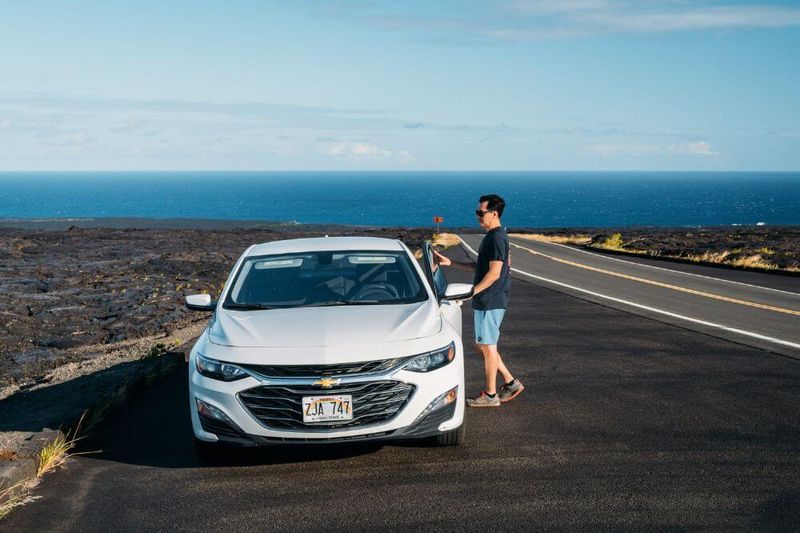
Rental cars in Hawaii frequently sell out, especially during peak seasons. Prices can skyrocket as availability decreases, sometimes reaching $200+ daily if you wait until the last minute. Reserve your vehicle at least 3-4 months before your trip.
Most Hawaiian adventures require a car, particularly on islands like Maui, Kauai, and the Big Island. Public transportation options exist but are limited outside of Oahu.
Consider whether you truly need a car every day of your trip. Many hotels charge parking fees of $25-50 daily, so plan your rental period strategically around days you’ll explore beyond walking distance of your accommodation.
5. Island-Hop with Purpose
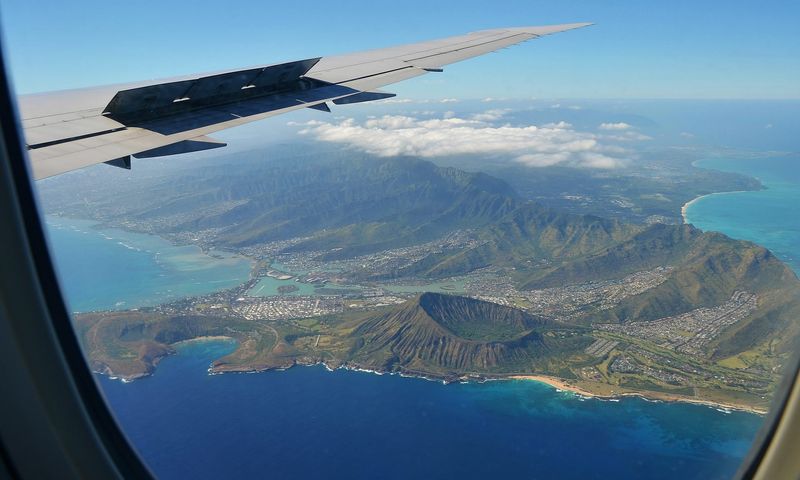
First-time visitors often try cramming multiple islands into one short trip. This mistake leads to wasted time at airports and superficial experiences. Each Hawaiian island has its own personality and deserves proper exploration.
A good rule of thumb: spend at least 3-4 days minimum per island. For a week-long vacation, focus on just one or two islands maximum. Inter-island flights require arriving 90 minutes early and can eat up half a day with travel logistics.
If you must island-hop, choose islands with complementary experiences. Pair urban Oahu with rural Kauai, or combine Maui’s resort areas with Big Island’s volcanic landscapes for a balanced Hawaiian adventure.
6. Learn a Few Phrases
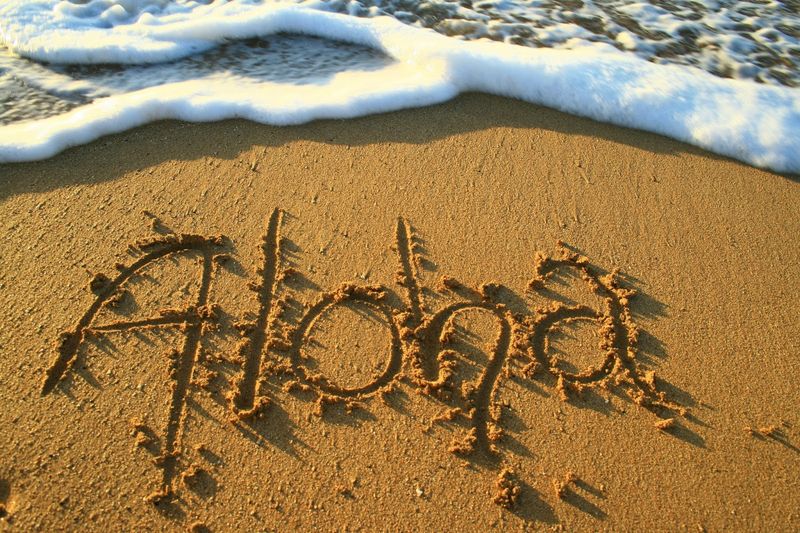
Though everyone speaks English in Hawaii, learning a few Hawaiian words shows respect for the local culture. Start with “Aloha” (hello/goodbye/love) and “Mahalo” (thank you), which you’ll hear constantly during your visit.
Pronouncing place names correctly helps too – try Haleakalā (hah-lay-ah-kah-LAH) and Humuhumunukunukuāpuaʻa (hoo-moo-hoo-moo-noo-koo-noo-koo-AH-poo-AH), Hawaii’s state fish. Locals appreciate visitors who make this effort.
Understanding words like “mauka” (toward the mountains) and “makai” (toward the ocean) will help with directions. These small linguistic gestures demonstrate that you value Hawaiian heritage beyond just beaches and mai tais.
7. Avoid Peak Travel Times
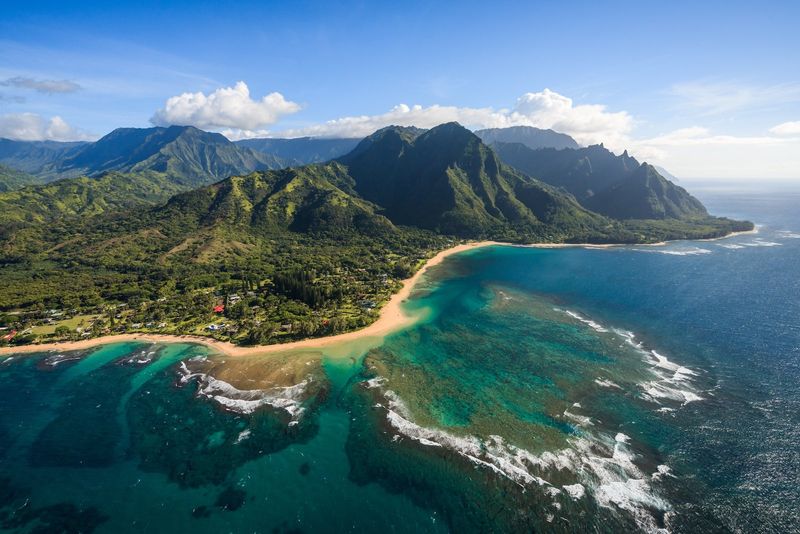
Hawaii gets extremely crowded during specific periods: mid-December through March (whale season), summer break (June-August), and major holidays. Visiting during shoulder seasons (April-May or September-October) means fewer crowds, lower prices, and equally beautiful weather.
If peak season travel is unavoidable, book accommodations and activities 6-12 months in advance. Popular experiences like Haleakala sunrise, Molokini snorkeling, and Pearl Harbor tours fill up quickly during busy periods.
Weather remains relatively consistent year-round, with temperatures typically ranging from 75-85°F. Even during the “rainy season” (November-March), showers usually pass quickly, and you can often find sunshine by driving to another part of the island.
8. Support Local Vendors
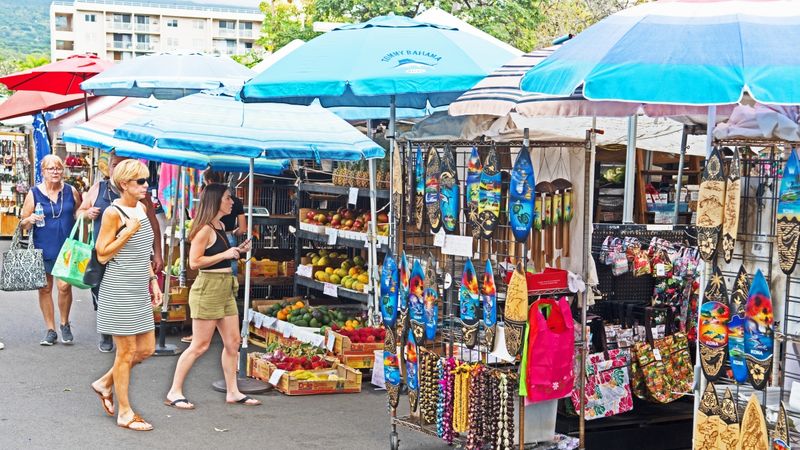
When shopping for souvenirs, seek out items actually made in Hawaii rather than mass-produced imports. Farmers markets offer amazing local products like coffee, chocolate, and handcrafted gifts while connecting you directly with artisans and growers.
Hawaii’s unique agricultural products make meaningful souvenirs – consider Kona coffee, Maui onions, macadamia nuts, or local honey. Check agricultural restrictions before bringing plants or fresh produce back to the mainland.
Many Hawaiian businesses are family-owned and operate on slim margins. Choosing local restaurants over chains and shopping at Hawaiian-owned stores ensures more of your tourism dollars benefit the community you’re visiting. Plus, you’ll discover authentic products you won’t find anywhere else.
9. Be Mindful of Leis
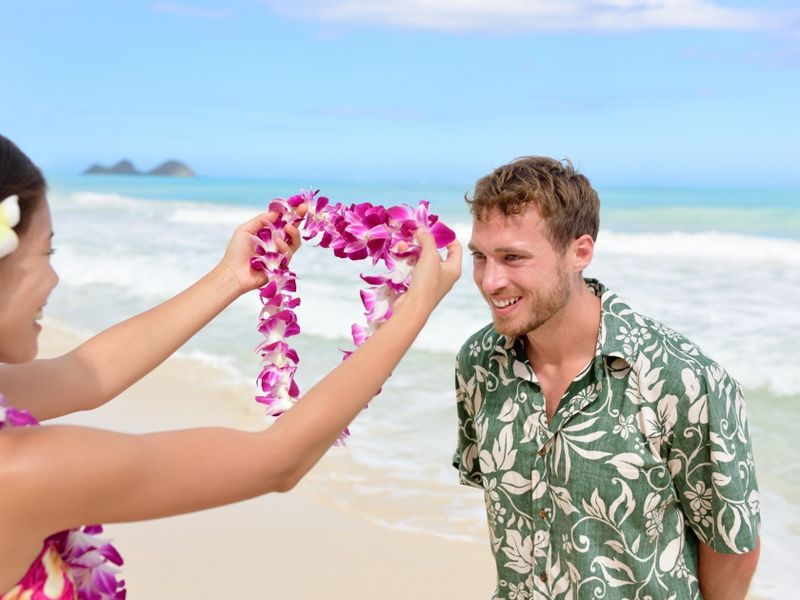
Receiving a lei is an honor in Hawaiian culture, not just a tourist gimmick. When someone presents you with a lei, slightly bow your head to make it easier for them to place it around your neck. Never refuse a lei – this is considered highly disrespectful.
If you have allergies or sensitivities to flowers, consider requesting a non-floral lei made from kukui nuts, shells, or ti leaves. These alternatives are equally meaningful and won’t trigger reactions.
After wearing your lei, don’t casually discard it in the trash. Tradition suggests returning it to the earth – hanging it on a tree branch or gently placing it in the ocean shows respect for the gift you’ve received.
10. Pack Light, Pack Smart
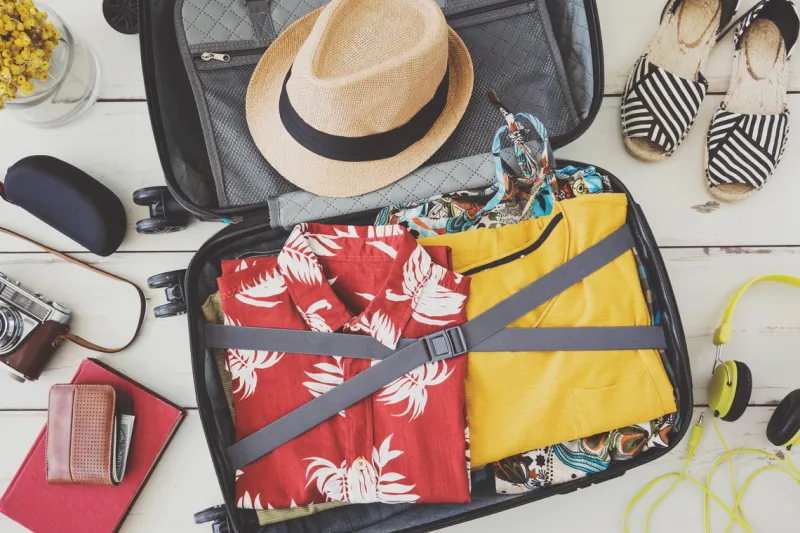
Hawaii’s casual atmosphere means you can leave formal attire at home. Even upscale restaurants typically accept nice shorts and aloha shirts. Pack lightweight, breathable clothing that can layer for occasional cooler evenings or higher elevations.
Don’t waste luggage space on beach towels or snorkel gear – most hotels provide beach towels, and equipment rentals are widely available. Do bring a reusable water bottle, comfortable walking shoes for hikes, and a light rain jacket for sudden showers.
Forgot something? Target, Walmart and ABC Stores are everywhere in tourist areas. Prices for essentials aren’t significantly higher than the mainland, so don’t stress about packing everything perfectly.
11. Understand Island Time
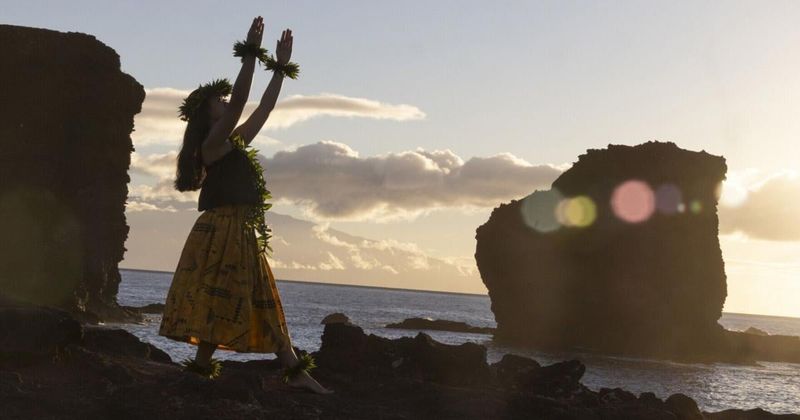
Hawaii runs on a relaxed pace locals affectionately call “island time.” Mainland expectations about punctuality and efficiency may lead to frustration if you don’t adjust your mindset. Embrace the slower rhythm as part of your vacation experience.
Service at restaurants might be more leisurely than you’re accustomed to. Roads move slower, especially on single-lane highways common on Kauai and the Big Island. Build extra time into your schedule for drives that look short on maps.
This relaxed pace is actually a gift – it forces you to slow down and appreciate the journey. The Hawaiian concept of “pau hana” (finished work) reminds us that life isn’t all about rushing and productivity. Adopt this perspective for a more authentic and enjoyable Hawaiian experience.
12. Don’t Rely on Uber
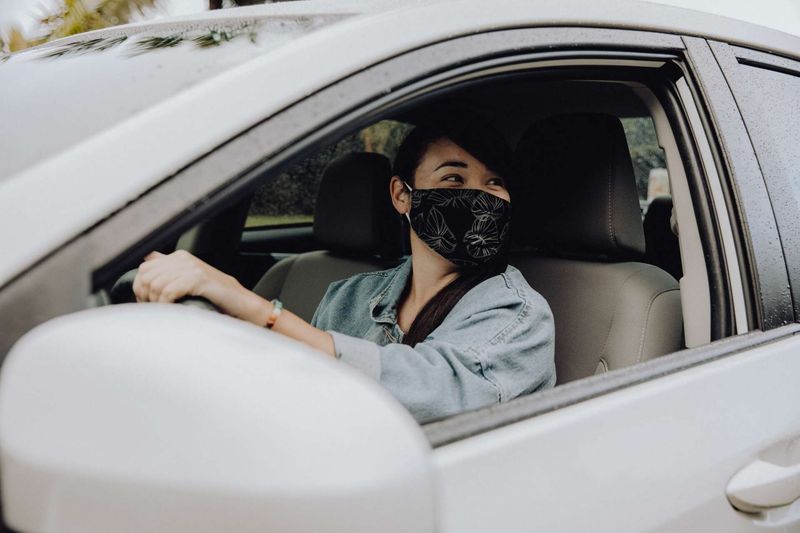
Rideshare services like Uber and Lyft have limited availability outside of Honolulu and major resort areas. On Kauai, Maui, and parts of the Big Island, wait times can exceed 30 minutes or drivers may be completely unavailable, especially in the evenings.
If staying outside major tourist hubs, research local taxi companies and save their numbers. Some areas have shuttle services between popular destinations, but schedules may be limited. Planning transportation in advance prevents being stranded after dinner or activities.
Airport transfers deserve special attention – pre-arrange these rather than hoping to find a rideshare upon arrival. Many hotels offer shuttle services, though these often require advance booking. The peace of mind is worth the extra planning.
13. Watch Ocean Conditions
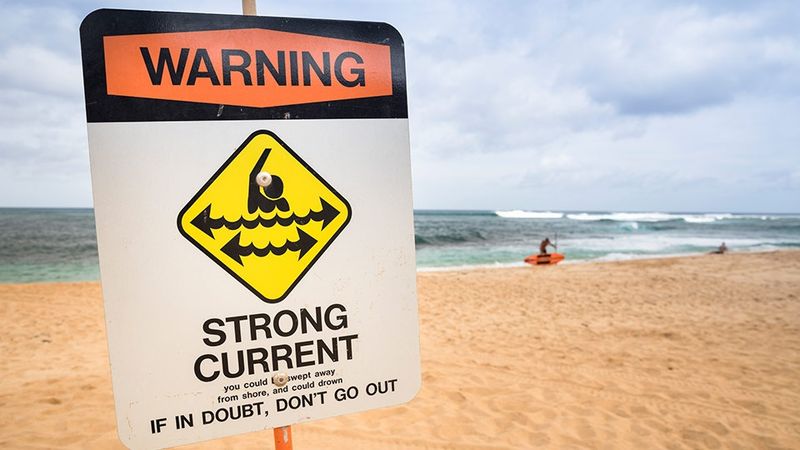
Hawaii’s beaches change dramatically with seasons and weather conditions. A calm swimming spot one day can develop dangerous currents or shore break the next. Always check posted warning signs and ask lifeguards about current conditions before entering the water.
Winter brings massive swells to north-facing shores (especially on Oahu and Maui), creating spectacular surfing conditions but dangerous swimming. Summer generally brings calmer waters to these same beaches. When in doubt, choose lifeguarded beaches like Poipu, Hanauma Bay, or Kaanapali.
Never turn your back on the ocean – sudden rogue waves can sweep people off rocks or beaches. If caught in a rip current, swim parallel to shore until free of the current, then angle back toward beach. Don’t exhaust yourself fighting directly against the pull.
14. Leave No Trace
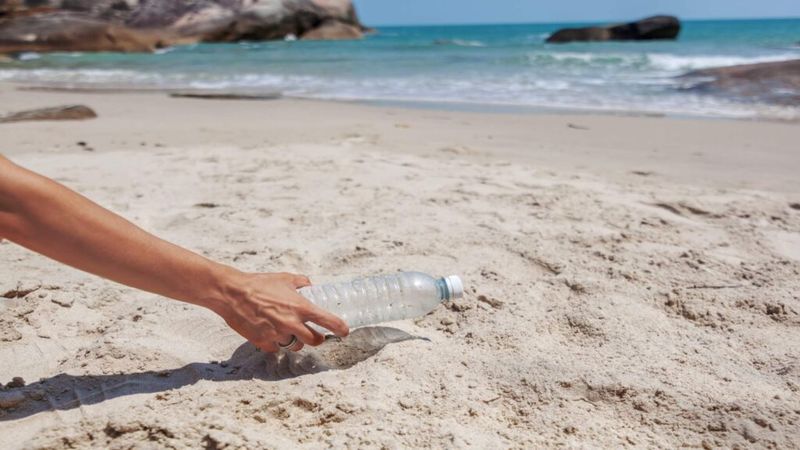
Hawaii’s delicate ecosystems face immense pressure from tourism. Practice Leave No Trace principles by packing out everything you bring to beaches, parks, and trails. Many remote areas have no trash facilities, so prepare to carry out all waste.
Staying on marked trails prevents erosion and protects sensitive plant life. Many Hawaiian plants are endangered and found nowhere else on Earth. Taking shortcuts across switchbacks damages trails and destroys habitat.
Before leaving beach areas, check for microtrash like bottle caps and straw wrappers that can harm wildlife. Consider participating in beach cleanups, which many resorts organize for guests. Your efforts help preserve Hawaii’s natural beauty for future visitors and island residents alike.
15. Tipping Is Expected
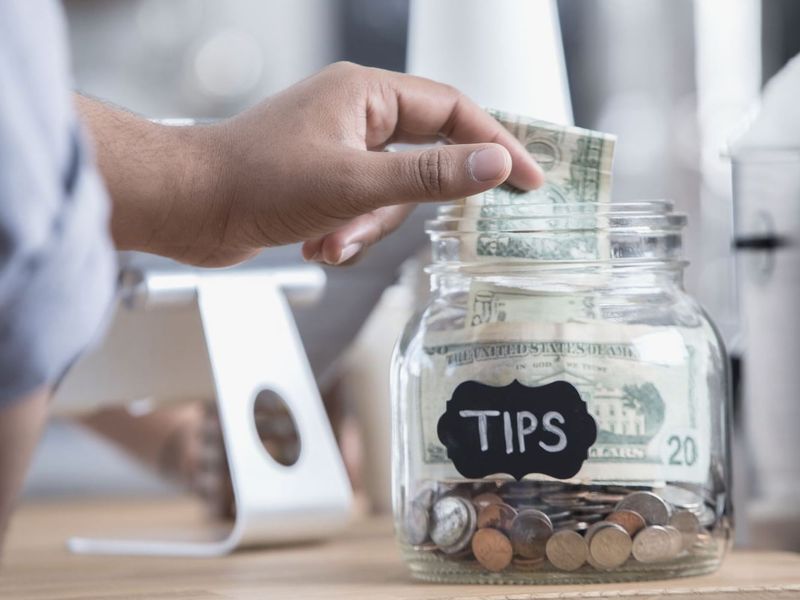
Despite Hawaii’s relaxed atmosphere, mainland tipping customs still apply. Service industry workers rely on tips to afford Hawaii’s high cost of living. Plan to tip 18-20% at restaurants, $1-2 per drink at bars, and $1-5 per bag for hotel porters.
Tour guides deserve 15-20% for half or full-day experiences. For multiday tours, $5-10 per person per day is appropriate. Housekeeping staff should receive $3-5 per day, left daily rather than at the end of your stay since different staff may clean your room each day.
Many restaurants add an automatic gratuity for larger parties, so check your bill carefully to avoid double-tipping. Cash tips are always appreciated but not required – credit card tips work fine too.
16. Don’t Hike Illegally
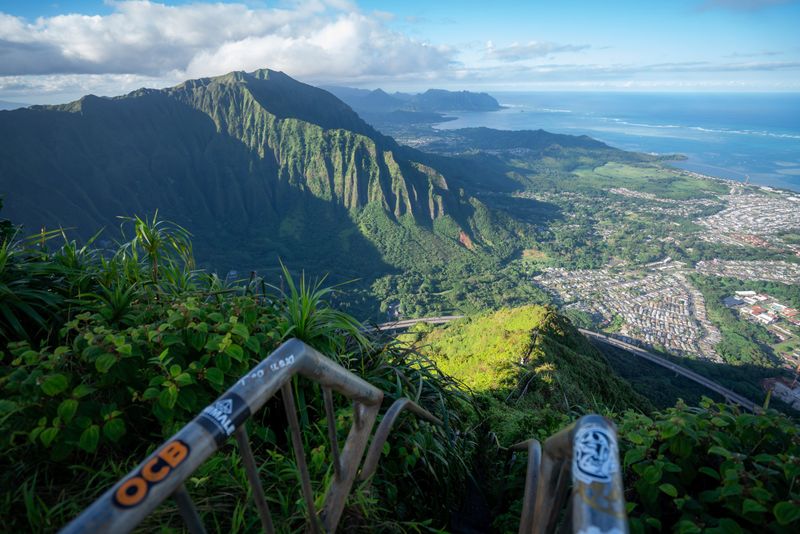
Social media has popularized numerous off-limits trails in Hawaii, tempting visitors to trespass for Instagram-worthy photos. Many iconic spots you’ve seen online – like the Haiku Stairs (“Stairway to Heaven”) – are actually closed to the public, with hefty fines for violators.
Trespassing often crosses private property or sacred Hawaiian lands. It also puts unprepared hikers at risk, requiring dangerous rescue operations. Hawaii’s fire departments perform hundreds of rescues annually for stranded hikers who ventured onto illegal trails.
Plenty of legal, equally spectacular hikes exist throughout the islands. Check AllTrails or official state park websites to confirm trail status. Waimea Canyon, Diamond Head, and Iao Valley offer sanctioned trails with unforgettable views and proper safety infrastructure.
17. Avoid Feeding Fish
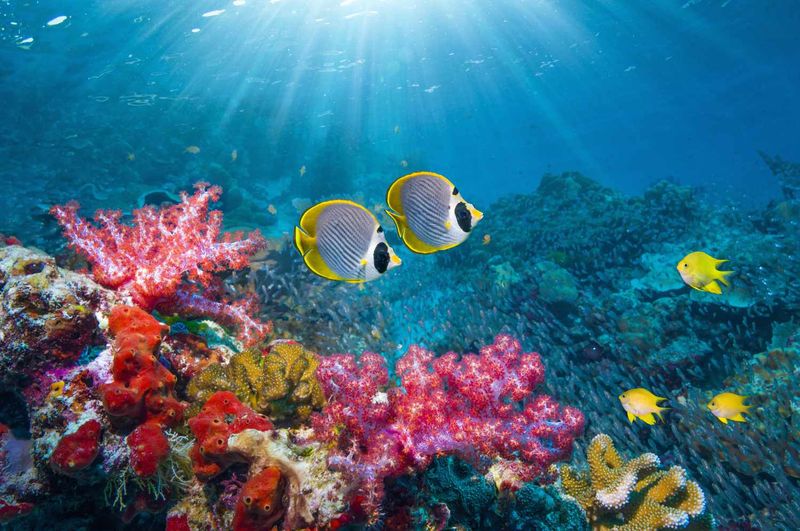
Feeding bread or other human food to colorful reef fish might seem harmless, but it causes serious ecological damage. Fish develop unnatural behaviors, becoming dependent on handouts rather than fulfilling their important role cleaning algae from reefs.
Human food lacks proper nutrients fish need and can cause health problems for marine life. Some popular snorkeling spots have banned the practice entirely due to its harmful effects on reef ecosystems.
The best way to interact with Hawaii’s marine life is simple observation. Bring an underwater camera to capture memories without disrupting natural behaviors. Many snorkel tour operators provide fish identification cards so you can appreciate the diversity without harmful feeding practices.
18. Check Volcano Status
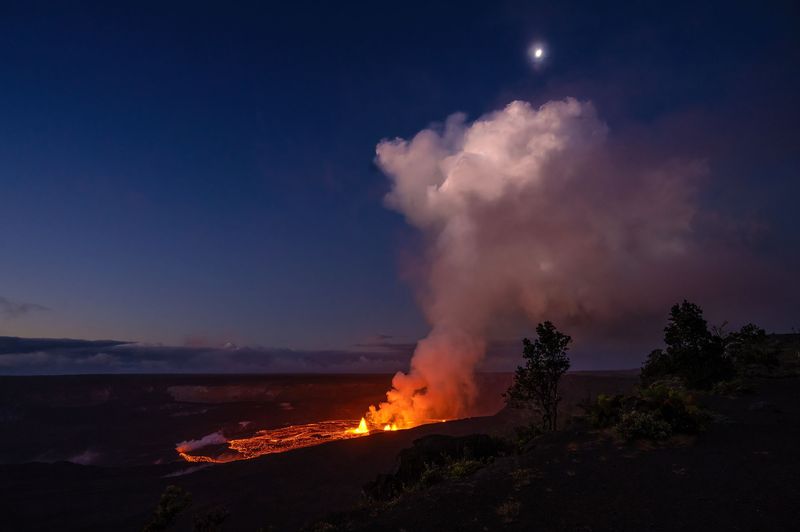
Hawaii’s volcanoes are active natural wonders that can dramatically affect travel plans. Before booking activities around Kilauea on the Big Island, check the USGS Hawaiian Volcano Observatory website for current eruption updates and air quality reports.
Volcanic activity can change rapidly – areas open to visitors one day might close the next due to increased gas emissions or new lava flows. Flexibility helps when planning volcano visits. Hawaii Volcanoes National Park occasionally restricts access to certain areas during heightened activity.
If visiting during an eruption, bring a respirator mask for potential volcanic smog (vog), especially if you have respiratory conditions. Nighttime viewing offers the most spectacular lava sightings, but requires advance planning as special permits or tours are often needed.
19. Embrace the Culture
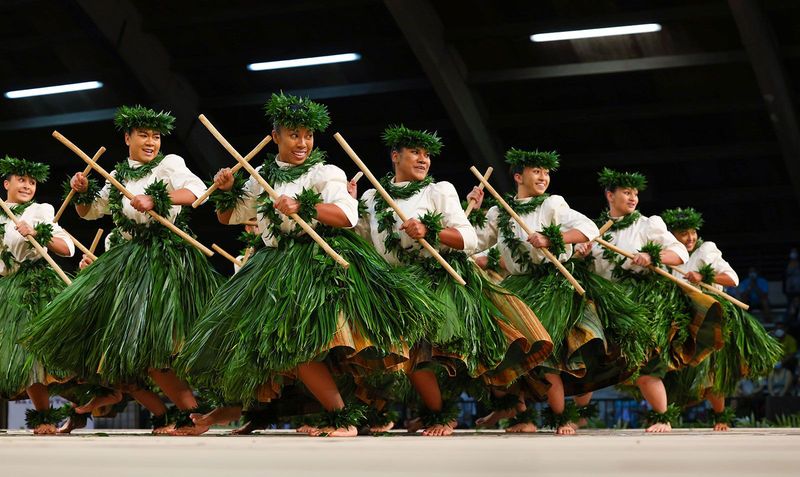
Hawaii isn’t just a beach destination – it’s a living culture with deep traditions worth experiencing beyond tourist luaus. Seek out authentic cultural events like hula performances, lei-making workshops, or traditional music sessions often held at cultural centers throughout the islands.
Visit museums like Bishop Museum on Oahu or the Lyman Museum on the Big Island to understand Hawaii’s complex history. Many hotels offer free cultural activities like ukulele lessons, Hawaiian language classes, or talk story sessions with local elders.
If attending a luau, research options focusing on cultural education rather than just entertainment. Authentic experiences like Old Lahaina Luau or Feast at Lele present traditional foods and accurate historical context rather than generic Polynesian performances.
